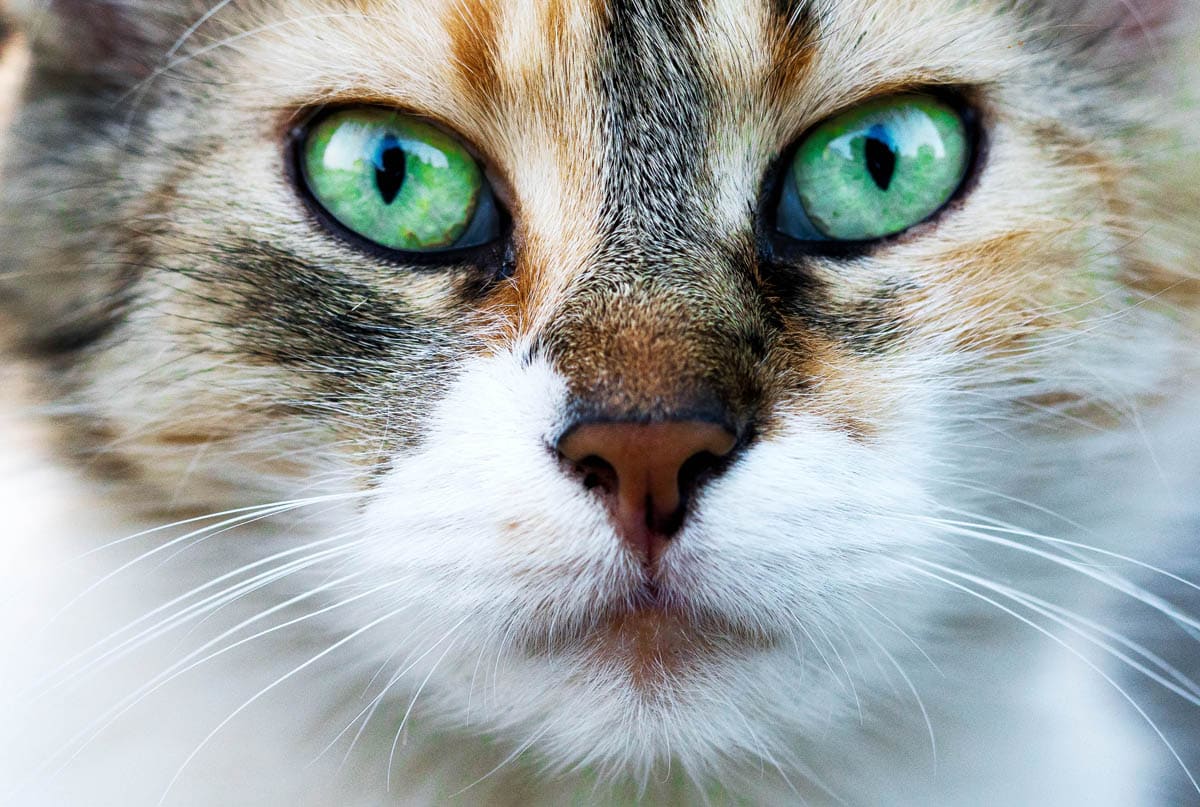Escherichia coli at a glance
|
About
Escherichia coli (E. coli) is a bacteria that usually resides in the gastrointestinal tract of mammals (including cats and humans) without incident. Over 700 subtypes of E. coli have been identified, most of which are harmless; however, some strains are pathogenic, resulting in sickness.
Transmission
1) When normal gastrointestinal bacteria find their way to other parts of the body, such as urinary tract infections.
2) When a cat consumes a pathogenic strain of E. coli.
Symptoms
The average incubation period is 3-6 days. Symptoms of E. coli depend on the location and strain of the bacteria. The current health status of your cat can also play a role in the development of E. coli with certain conditions such as diabetes, kidney disease and hyperadrenocorticism (Cushing’s syndrome) making them more prone to urinary tract infection.
Cats who undergo several heat cycles without pregnancy are at greater risk of developing pyometra (infection of the uterus).
Pathogenic E. coli in the gastrointestinal tract can result in vomiting and diarrhea. Infection is usually acquired via the consumption of infected meat or water.
Symptoms of E. coli vary depending on the location of the infection but may include:
Gastrointestinal:
- Vomiting
- Diarrhea, which may be blood-tinged
Uterus:
E. coli in the uterus of intact female cats can result in pyometra. Infection may be open or closed. With open pyometra, the cervix is open, allowing the pus to drain out of the vagina. When the cervix is closed, bacteria become trapped in the vagina, making it harder to diagnose, although she may present with a distended abdomen. It is quite easy for E. coli around the anus to ascend into the urinary tract, especially in female cats.
Typical symptoms of infection include:
- Frequent urination (passing only a small amount)
- Blood in the urine
- Pain urinating
- Genital licking
Newborn kittens can become infected with E. coli via the mother’s milk (colibacillosis); this usually happens within the first two weeks of life. Other contributing factors include an unclean environment, maternal health and crowded conditions.
Symptoms vary depending on where the infection is located, but along with individual symptoms, you may also notice your cat displays the following:
- Loss of appetite
- Fever
- Lethargy
- Weight loss
- Dehydration
- Increased thirst
Diagnosis
The veterinarian will perform a physical examination of your cat and obtain a medical history from you, including how long your cat has been sick and other symptoms you have noticed. As E. coli can cause infection in many parts of the body, presenting symptoms will give your vet a clue as to what the problem is.
Diagnostic workup:
- Baseline tests include biochemical profile, complete blood count, and urinalysis.
- Bacterial culture and sensitivity to test for the presence of bacteria. This may involve taking a sample of feces, blood, urine (urinalysis), pus from the vagina. Other types of bacteria can also cause infection, so identifying the particular type (E. coli, Salmonella, etc.), is important. Once identified, your veterinarian may decide to run an antibiotic sensitivity test, this involves growing the bacteria in a culture dish with a growth medium, and expose it to several types of antibiotics to determine which one the bacteria is most sensitive to.
- Ultrasound to diagnose closed pyometra.
Treatment
Antibiotics are the treatment of choice along with supportive care which may include intravenous fluids to correct electrolyte imbalances and treat dehydration as well as nutritional support.
Newborn kittens are particularly at risk, and aggressive treatment is necessary if they are to survive.
- Pyometra: Ovariohysterectomy (spay) for a female cat.
- Urinary tract infection: Diligent care with litterbox maintenance to make sure it is clean at all times. Holding onto the urine along with inadequate water consumption are both contributing factors. Increase water consumption to dilute the urine. This may include feeding your cat a wet diet (which has a higher water content than dry food) and/or encouraging your cat to drink more water.
Disinfection
E. coli can survive in the environment for up to 28 days. The following disinfectants are effective.
- Bleach (sodium hypochlorite, calcium hypochlorite or sodium dichloroisocyanurate)
- F10-Benzalkonium chloride and polyhexanide
- TriGene-Didecyl dimethyl ammonium chloride, benzalkonium chloride, polyhexanide (biguanide)
- Trifectant or Virkon-Potassium peroxymonosulfate
- Ethanol 70%

